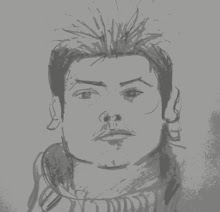Nepalese sculpture reached its zenith in the Lichchhavi period; stone, copper and bronze images from this period show round faces with slanted eyes. While attention was also given to details, the main feature of this period is presentation of simplicity. The use of clothes and ornaments was quite restrained: many Hindu deities, for example are shownwearing only a Dhoti (skirt-like lower garment). Buddhist deities were carved to show them wearing long Sanghatis (a long saffron-colored robe that the Buddhists wear hanging from the shoulders). Lichchhavi period sculptors mostly used basalt for their work, first chiseling and then smoothing and varnishing, perhaps with iron dust. The limbs of Lichchhavi period idols were so beautifully executed that it is not possible to find one specimen with a chiseled mark. Some of the best examples of Lichchhavi art are the images of Sleeping Vishnu in Budhanilkantha, located 8 Kilometres north of Kathmandu; and the Vishnu Vikranta or Dwarf Incarnation found near Lazimpat in Kathmandu. In addition, there are some remarkable sculptures from Lichchhavi period (5th-8th century) at Changu Narayan. The sculptural arts of 6th-14th century and from early Malla period (11th-14th century) comprise equally important art treasures of Nepal.


0 comments:
Post a Comment